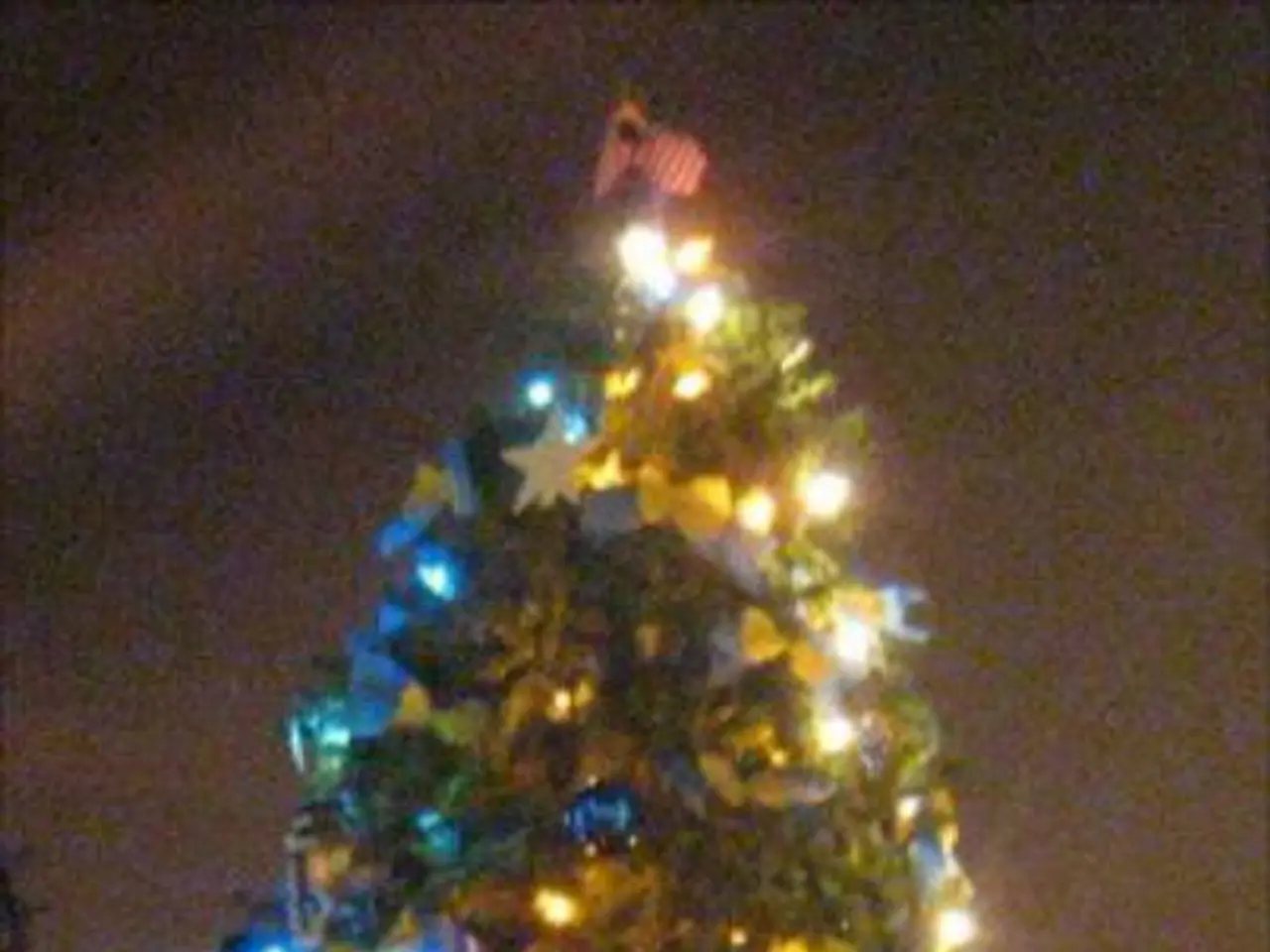Ten Unanticipated Historical Roots of Christmas Customs
The festive season is a time of joy, warmth, and tradition. Many of the customs we celebrate today have roots that stretch back centuries, their origins lost in the mists of time. Let's take a journey through the evolution of some beloved holiday traditions, focusing on gift wrapping, advent calendars, and stockings.
Gift wrapping, a ubiquitous part of modern-day festivities, can be traced back to ancient Asia. The Japanese tradition of using furoshiki cloths, a type of wrapping cloth, dates back to the 8th century. Fast forward to the 1917 Christmas season, and the founders of Hallmark made a serendipitous discovery. Selling sheets of decorative French envelope lining paper during a seasonal shortage, they unwittingly sparked the popularity of modern gift wrap [1].
The Yule log, a symbol of light overcoming darkness, has its roots in ancient Scandinavia. It was a central feature of pagan midwinter celebrations, and as Christianity spread, it was incorporated into Christmas traditions, particularly in Northern Europe [2]. In the 19th century, French pastry chefs transformed the Yule log tradition into the bûche de Noël, a sponge cake rolled to resemble a log and decorated with frosting [3].
The tradition of counting down the days until Christmas can be traced back to 19th-century Germany. Advent calendars, initially featuring candles, chalk marks, or devotional images, were a way for families to mark the advent of Christmas [4]. The modern chocolate-filled advent calendar emerged in the mid-20th century, as manufacturers sought to appeal to children [5].
The tradition of hanging stockings by the fireplace is deeply tied to themes of generosity and gift-giving. Originating from a 4th-century legend involving St. Nicholas, the bishop of Myra, this act of kindness became the basis for the tradition of hanging stockings by the fireplace to be filled with gifts [6]. Related customs exist in other cultures, such as the Italian tradition of Befana, an old woman who fills stockings with gifts on Epiphany (January 6) [7].
In China, silk cloths were used to wrap gifts during significant occasions, symbolizing good fortune and respect [8]. These traditions serve as a testament to the universal human desire to celebrate and share joy during the festive season. As we continue to evolve and adapt these traditions, let us remember the spirit of generosity, kindness, and togetherness that they embody.
- The 'top 10' list of beloved holiday traditions includes not only modern practices like gift wrapping but also ancient customs, such as the Japanese tradition of using furoshiki cloths, dating back to the 8th century.
- Gift wrapping, observed today as a 'lifestyle' and 'entertainment' activity, has roots in the 'history' of ancient Asia, with the Japanese tradition of using furoshiki cloths serving as an example.
- Far from being a simple Christmas tradition, the Yule log symbolizes the 'general-news' theme of light overcoming darkness, with its origins traceable back to ancient Scandinavia.
- Advent calendars, a staple of contemporary 'entertainment' and 'fashion-and-beauty' during the holiday season, can be traced back to 19th-century Germany, where they were initially used to mark the advent of Christmas.
- The tradition of hanging stockings by the fireplace has its roots in a 'history' and 'education-and-self-development' legend involving St. Nicholas, the bishop of Myra, and serves as a symbol of generosity and gift-giving.




